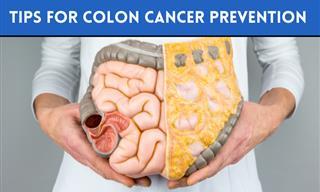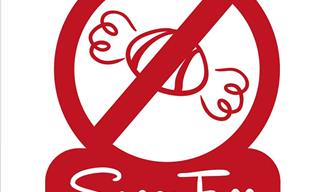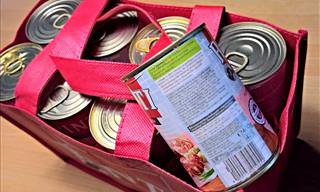Almost all of us make regular trips to the supermarket to shop for various foods and drinks. Many of the packaged and pre-packaged food products we buy there make a variety of tall claims. Some advertise their product to be healthy, while others go for highlighting how the item is low-fat or has natural sugars. In this age of crafty marketing, consumers easily fall for the claims made on the front or back of the food box.
However, it is important to read food labels thoroughly and make the choices depending on our bodies and according to our health needs. Understanding food labels can be tricky, though. The back-of-pack information on any food product contains details about its nutritional content and its ingredients. But you need to be aware of how to read and understand that information. Here are some handy tips that will help you read food labels better.
1. Learn to read the ingredients list properly
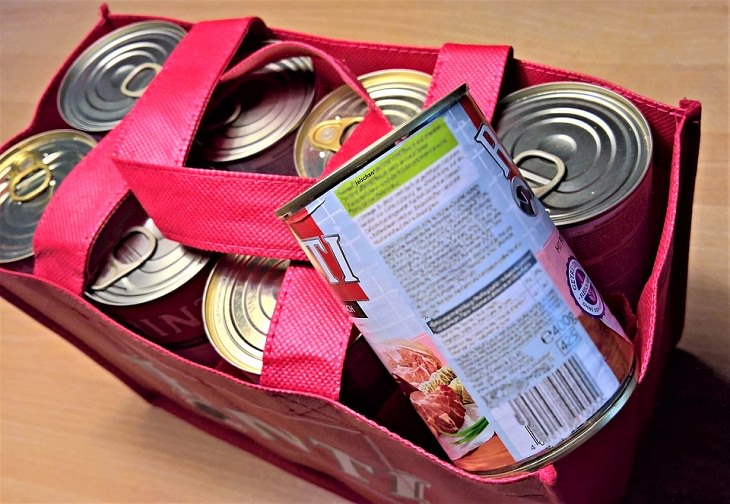
This might sound basic, but it is perhaps the most vital step. The majority of pre-packaged foods have an ingredients list on the back of the packet. Most of us give the list a short glance, but it's key to read it properly. The items are listed in weight order from the biggest to the smallest. For instance, if the food packet you have picked up contains saturated fat like cream, butter, fatty meat, or cheese along with sugars and concentrated fruit juice, you should know that these take up the major proportion of the food.
Those ingredients that are listed at the bottom are generally added in small quantities. However, that doesn’t mean they can be overlooked. For example, you must see if the breakfast cereals you are buying have an adequate amount of vitamins and minerals.
2. Always check the nutrition information
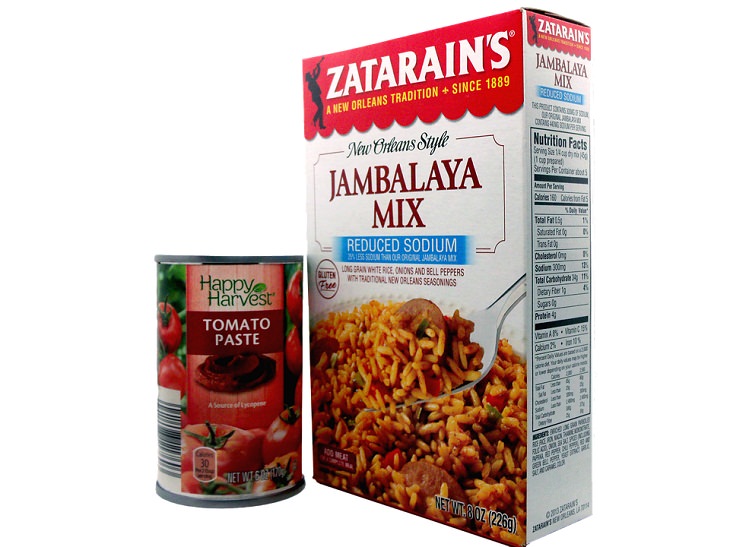
The nutrition information on the food label can really help you identify how healthy a food is. For instance, a box of crackers may be advertised as being “Trans Fat-Free” on the front. However, after checking the ingredient list at the back, you may find it contains ingredients like fats, palm oil, and coconut oil. All of these may end up clogging your arteries.
Remember that total fat, saturated fat, sugar, and salt are the “big four” names you should always keep an eye out for on your food packet. They can really affect your weight and blood pressure and thus you should compare other nutrients to make better choices.
3. Don’t forget the calorie count
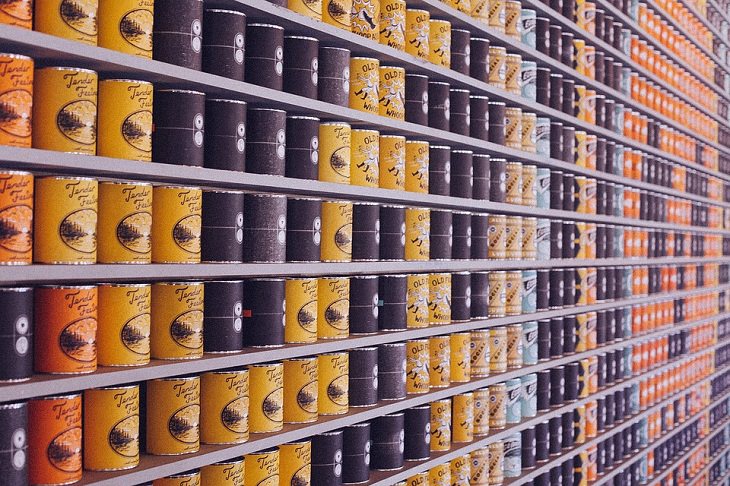
There is a lot of misconceptions regarding the calorie count mentioned on packaged and pre-packaged food items. We often assume that if a product has “100 calories” posted on its label, that means we would be taking 100 calories if we consume it. That’s incorrect. The simple way to understand the calorie count on a packaged food item is to multiply the 100 calories by the total number of servings - say, for instance, 3. This would mean that you are effectively taking in 300 calories instead of 100.
You shouldn’t get too happy if a product has “0 calories” mentioned on the back either. Since a lot of manufacturers use absurdly small serving sizes on the food box and the FDA (Food and Drug Administration) has mentioned that manufacturers can “round down” to zero, many of the items that are promoted as calorie-free or fat-free are actually not.
You must remember that generally speaking, women need around 2000 calories a day and men need around 2500 calories. The precise amounts, however, varies depending upon the individual.
4. Types of fat
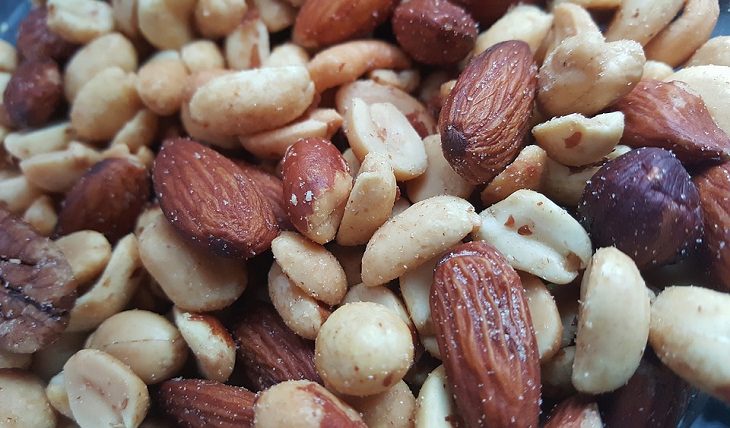
Fat, of course, has a lot of calories. It is important to check, though, whether the fat is saturated or unsaturated. Foods like avocados, nuts, seeds, oily fish and vegetable oils contain unsaturated fat which is actually good for your health. Meanwhile, saturated fats, which are usually found in butter, fatty meats, pastry, biscuits, and cakes, can be harmful if consumed too often. Excessive saturated fat intake increases our bad cholesterol levels and thus increases the risk of heart disease.
On the nutrition label, both total fat and saturated fat must be mentioned. The nutrition information per 100g will give you a fair idea of the fat content in the product is low, medium or high.
Keep the following points in mind:
Low fat: 3g or less per 100g
High fat: 17.5g or more per 100g
Low saturated fat: 1.5g or less per 100g
High saturated fat: 5g or more per 100g
5. Be suspicious of reduced-fat claims
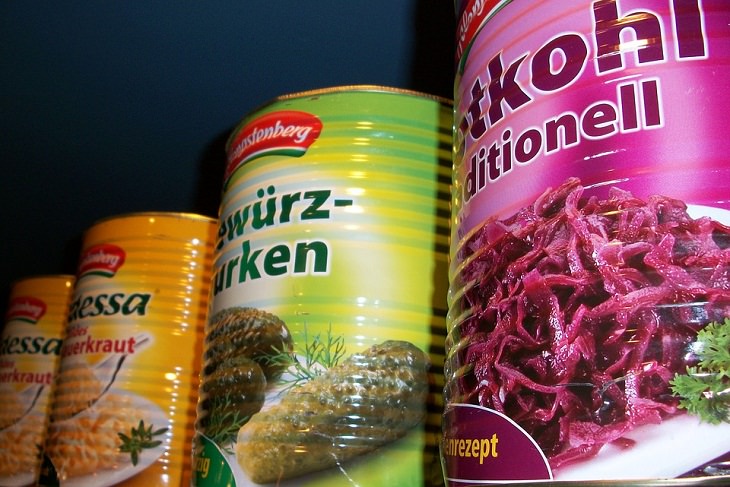
Low-fat versions of foods are well-advertised and instantly catch our fancy. After all, who wouldn’t want to eat tasty yet low-fat food? However, don’t fall for the reduced-fat claims of food products, as they may not always be the healthiest choice. To get a proper idea, read the nutrition information to compare sugar and fat content on the original product and the low-fat one.
Another point worth remembering is that “low-fat” or “low-sugar” items can often be higher in salt. If you find that the “lower fat” version of the food item is not much lower in energy (kcal), then opting for the original product in smaller amounts would be better.
6. Spot sugar on food labels
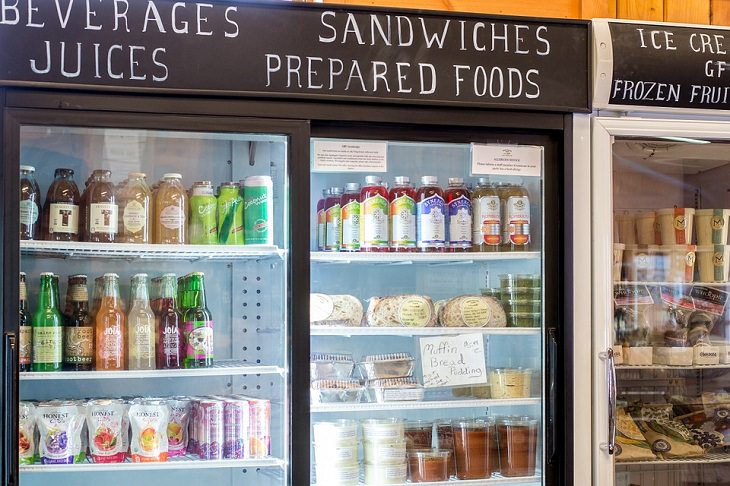
The sugar quantity in any packaged and processed food is obviously something you need to be aware of. Manufacturers add sugar to foods for various reasons, with the most general ones being preserving and flavoring. Since an increasing number of people are now becoming aware of the dangers of excessive sugar in their food, companies have found new ways to disguise sugar under other names.
Products like honey, malted barley, syrup, nectar, molasses and fruit juice concentrate are often sold as “natural sugar” substitutes. Even items like such as fructose, glucose, dextrose, and maltose (basically anything ending in ‘ose’) also fall under this category. Hence, you need to understand the ingredients properly before purchasing them. However natural it may sound, if the ingredient label of any food product mentions sugar in any form, then it contains sugar.
Low sugar: 5g or less per 100g
High sugar: 22.5g or more per 100g
If you must take these added, refined, or concentrated sugars, then make sure that it is no more than 2 tablespoons daily to be safe.
Related Article: 8 Methods Companies Use To Hide Sugar In Foods
7. Check the sodium content

Salt labeling is mandatory in the majority of countries. In many imported products, however, the label sometimes mentions ‘sodium’. Now, it is important to keep in mind that salt is composed of sodium chloride. Many food companies tend to mention only the figure for sodium on food labels. Moreover, the figure is in mg (milligram) instead of g (gram).
For salt labeling on food packets, here are some points to consider.
High level: more than 1.5g salt per 100g (color-coded red)
Moderate level: 0.3g-1.5g per 100g (color-coded amber)
Low level: 0.3g salt or less per 100g (color-coded green)
So choose your food items only after you have checked their salt and sodium content. Even those items that are generally regarded as healthy, such as whole-grain bread, for example, can contain 1g of salt per slice.
8. Understanding serving or portion sizes

The nutrition information per portion is generally mentioned at the back of the food packet or at the front. The manufacturer’s recommendation for the food sizes can differ between brands. While most governments have standardized serving sizes, many food companies continue to post exaggeratedly small sizes.
So even though a food product might appear healthy, its recommended portion size might be smaller than what you need. Thus, if you have more portions than that amount you need, you will end up having more calories, saturated fat or salt than you know.
Related Articles:
The Dangers of Aluminum Exposure and 9 Ways To Prevent It
Which Foods You Should Spend or Save On
14 Foods That Are Safe to Eat Past Their Expiration Date
Top Dogs in the Fast Food Market: How Did They Start?
 Go to BabaMail
Go to BabaMail










